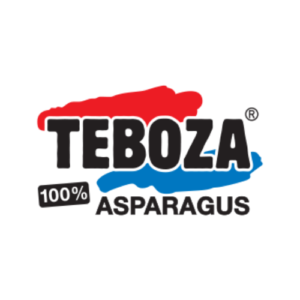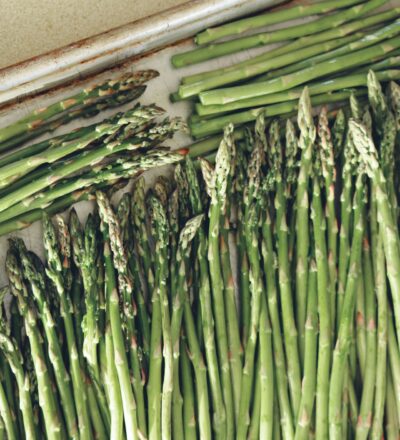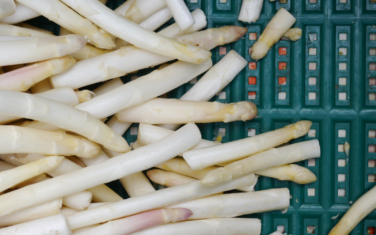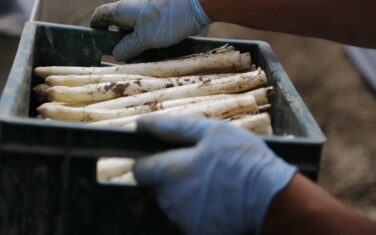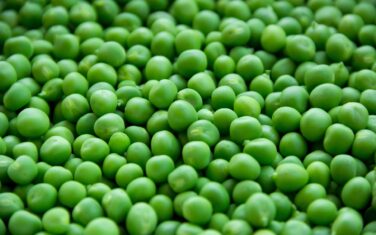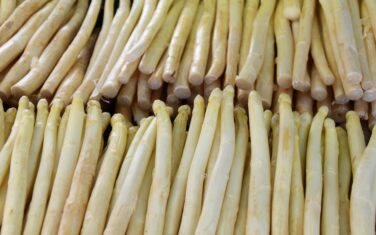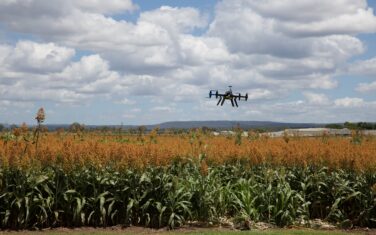One-third of all food production ends up as waste, yet food security remains a major challenge: how can we increase food production without degrading the environment? The effective valorization of food waste streams will promote the full utilization of crops and help close the cycle of our food production chain. Waste2Taste is a project about closing the cycle in food waste streams, using high-value vegetable waste for the production of high-quality and entirely natural food ingredients.
In short:
- Too much of our food production ends up as waste, resulting in unnecessarily high costs and greenhouse gas emissions
- Waste2Taste is about vegetable waste conversion
- An innovative processing strategy uses white asparagus waste to make dried products powders
- The strategy concentrates on maximising resource usage, flavour, and shelf life
Developing innovative drying strategies
White asparagus was identified as the primary crop for this project, utilizing its substantial waste stream to innovate new drying techniques. A central objective was to retain the maximum flavor in the resulting dried powder(s), designed for utilization as a clean-label food ingredient. The processing strategies developed underwent comprehensive evaluation for their potential application to various other vegetables, encompassing tomato, bell pepper, and eggplant.
Maximum resource usage
The project aimed to overcome scientific and technological challenges in optimizing the conversion of vegetable waste sustainably while emphasizing the retention of quality, particularly focusing on flavor and aroma characteristics. Cutting-edge metabolomics approaches were employed to guide the production process. Prototype high-value natural ingredients were produced, utilizing resources to the maximum and meeting consumer demands for sensory quality and sustainability.
Additionally, the project brought together the complementary expertise of two academic partners with strong, relevant track records, alongside industrial representatives from key sectors in the food value chain, with the Institute of Sustainable Process Technology serving as the project coordinator.
Spray drying of asparagus waste into flavour-rich ingredients
In this project, the developed processing strategies were assessed for their potential applicability to other vegetables, particularly bell peppers. A successful exploration involved spray drying combined with a split-stream processing approach, wherein the fiber and juice were separately processed after grinding and centrifugation. This method was effectively proposed and investigated for the production of asparagus powders, resulting in an improved flavor profile. Spray drying demonstrated its suitability in efficiently retaining most flavors due to its remarkably rapid drying time.
Initially, only the juice fraction was utilized to prepare spray-dried powder ingredients. However, research also delved into the processing of the fiber fraction. This investigation aimed to explore its potential, such as acting as an alternative carrier for maltodextrin. Moreover, the split-stream processing approach was applied in preparing bell pepper powder. Although promising in creating a flavor-rich powder, this method led to the loss of color pigments during filtration.
Metabolomics and sensory studies to uncover asparagus flavour
Sensory analysis revealed that the spray-dried asparagus powder presents a highly appealing alternative to traditionally available asparagus powders, often flavored artificially. Utilizing advanced metabolomics analyses of both the initial material (fresh asparagus and waste cut-offs) and the processed materials, combined with sensory evaluations, provided insights into the composition of metabolites and flavor compounds across different asparagus varieties and throughout the entire harvesting season.
Furthermore, these analyses elucidated the impact of concentration, drying, and subsequent processing on flavor compounds, guiding the process development. The processing method developed here, utilizing spray drying, proves to be 5-10 times more energy-efficient compared to the more conventional freeze-drying technique typically chosen for high-quality powder production. Notably, the significant energy saving potential lies in the conversion of substantial quantities of vegetable by-streams (representing an embodied energy of 1 GJ/ton) into high-quality products using the proposed process.
You might also be interested in
Acknowledgement & partners
This project is co-funded by TKI-E&I with the supplementary grant 'TKI- Toeslag' for Topconsortia for Knowledge and Innovation (TKI’s) of the Ministry of Economic Affairs and Climate Policy.
